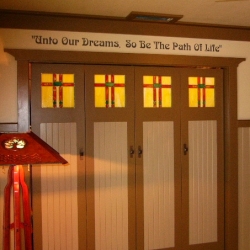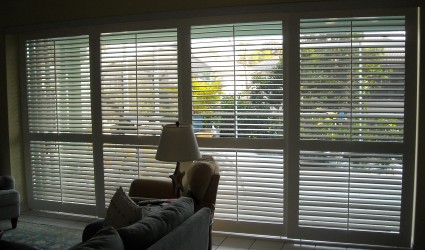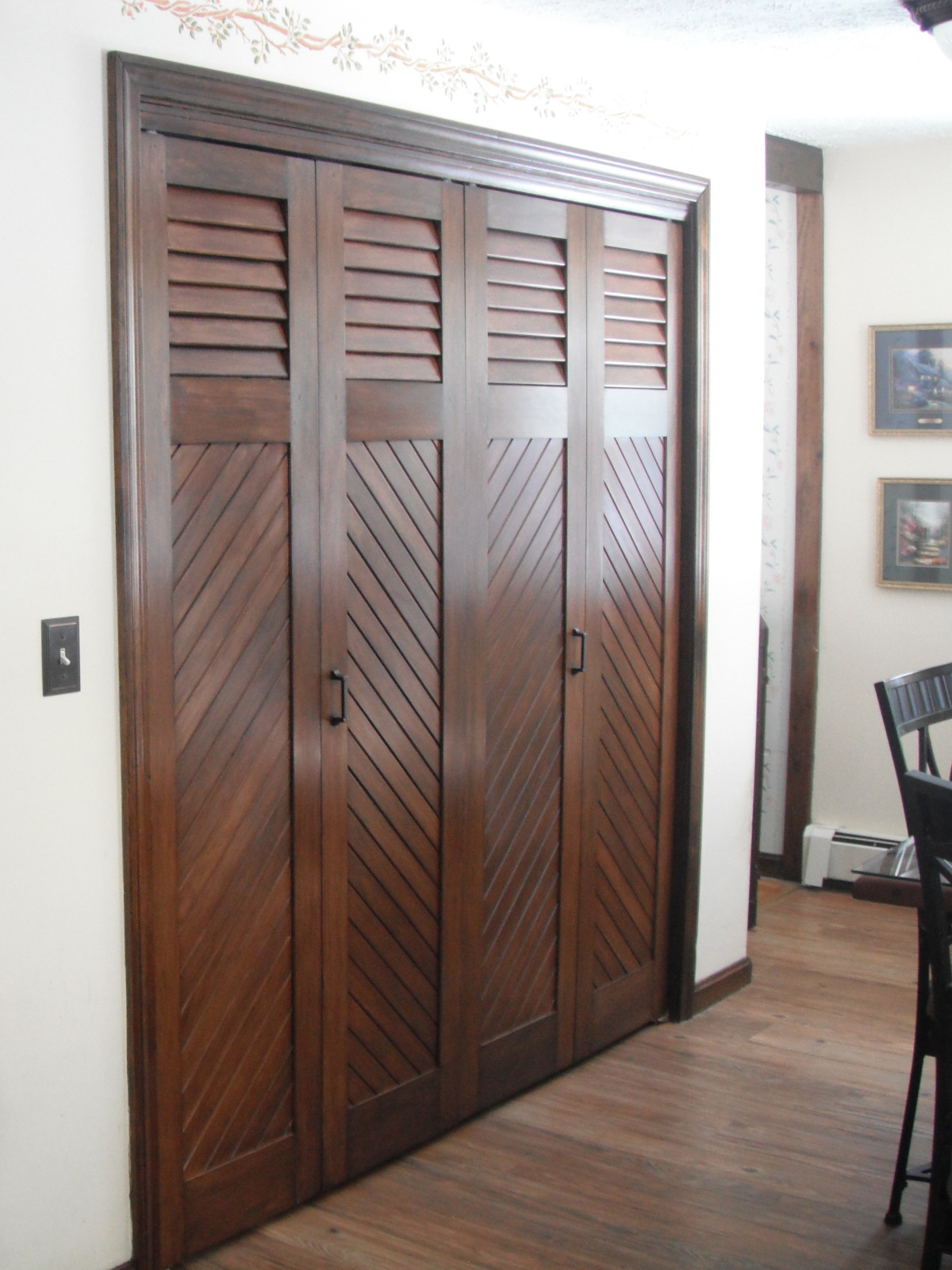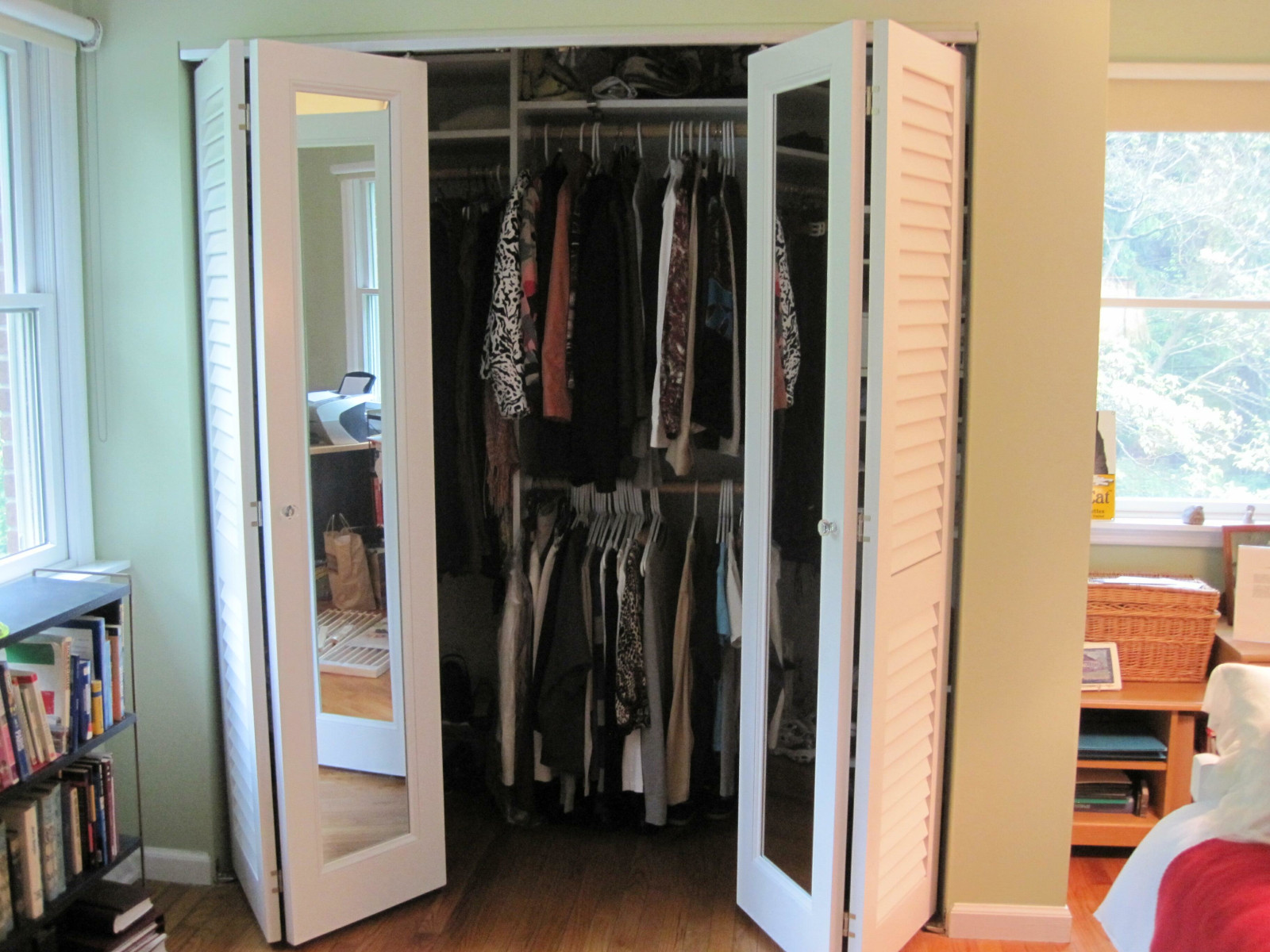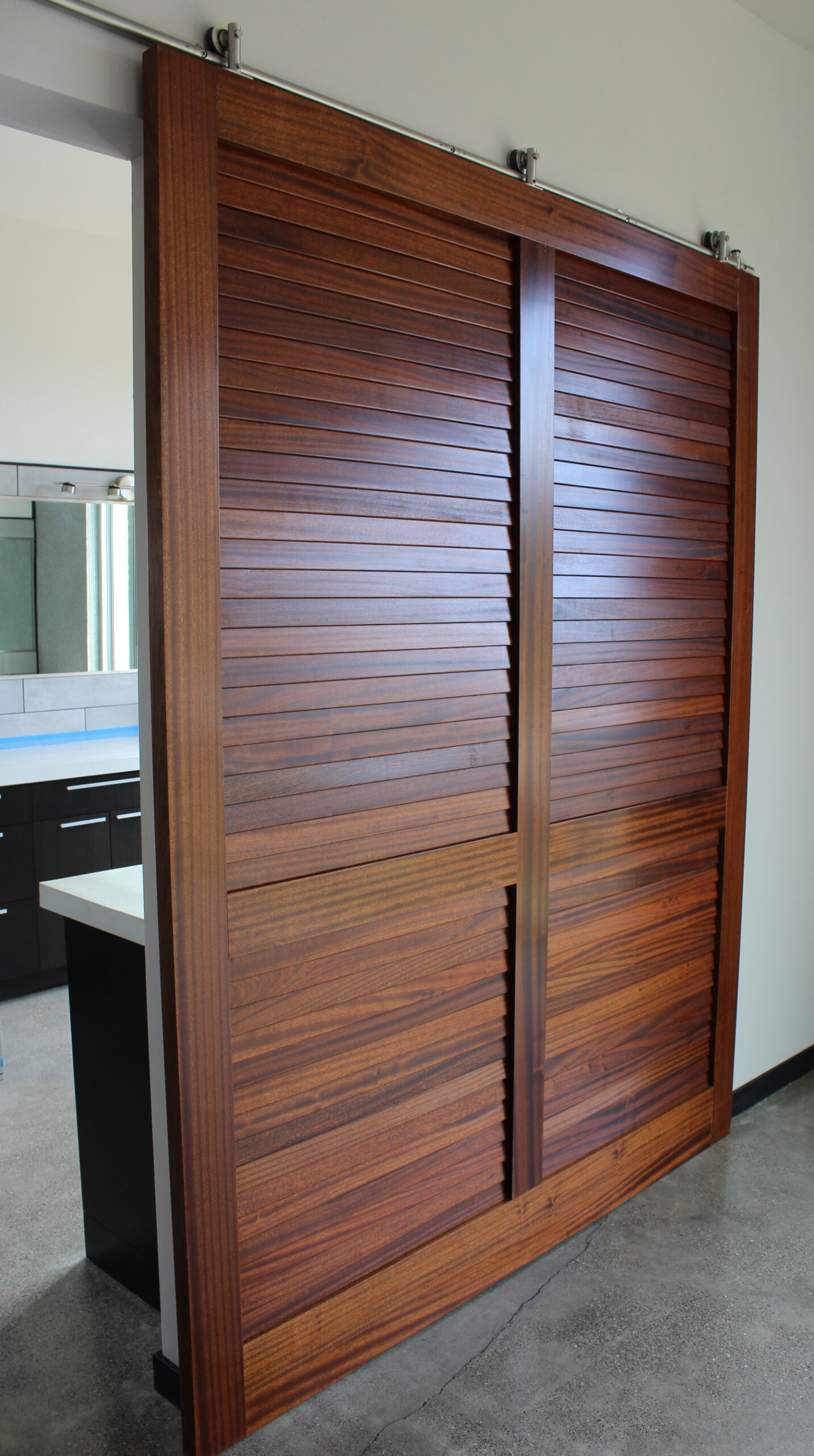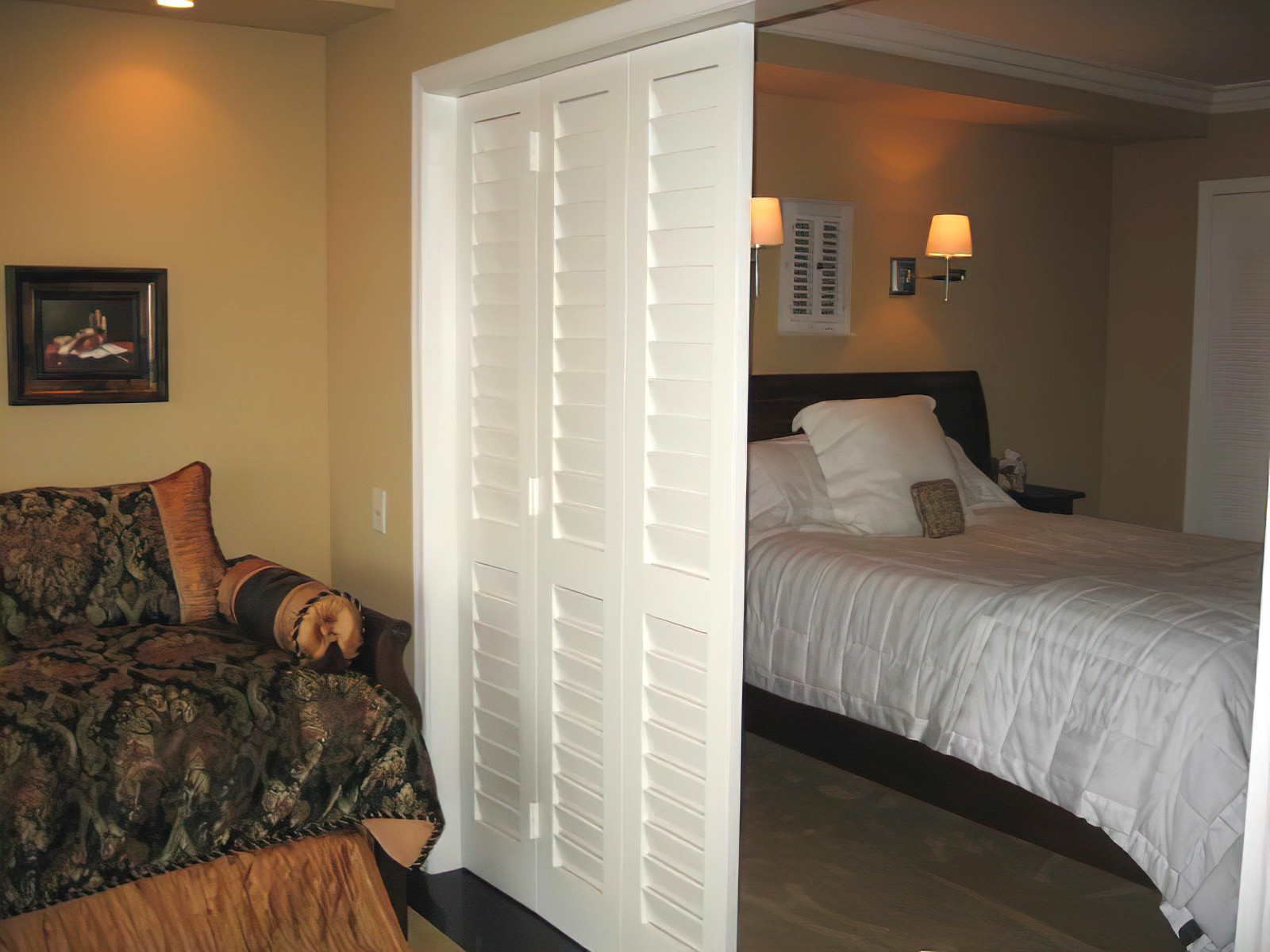
What are the differences between Interior Doors and Closet Doors?
We often receive emails and phone calls asking us which doors can be used as closet doors and which can be used for interior doors between rooms. Many people are concerned that there may be some reason why the same door should not be used in both places.
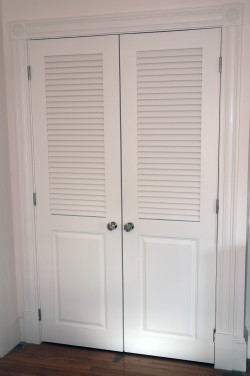
Door Designs
The truth is that all Kestrel designs of closet doors and interior doors are interchangeable. This means that you can have your interior doors match your closet doors throughout your home. Something to keep in mind, however, is that some designs may be more practical for certain types of rooms or closets. Operable and Fixed Louvered Doors for ventilation. False Louver, Tongue & Groove and Panel Doors for sound insulation. Glass and Mirrored doors to help brighten dark rooms. There are also doors that combine designs to offer a bit of each.
Door Thickness and Stile Width
The stiles of a door (not “style”) are the vertical frame parts of the door. On interior doors between rooms it is not uncommon to see wider and thicker stiles. This is because most locks and door knobs require a hole drilled right through the door. The thicker door and wider stiles allow this while keeping the door itself structurally sound. On closet doors the overall thickness and stiles can be narrower since locks and handles are not usually required.
Door Hardware
There are 4 basic types of hardware for doors. Hinged doors, pocket doors, bifold doors and sliding doors. With closet doors all 4 types of hardware are used consistently depending really only on how you plan to use the closet. While with interior doors we normally see hinges it is still common to use bifold, sliding and even pocket door hardware used. Below are two good examples.
|
|
|
|
If you are not sure which door designs and options will work best for you please ask us. Give us a call, send us an email or start an online chat. We are happy to help.
